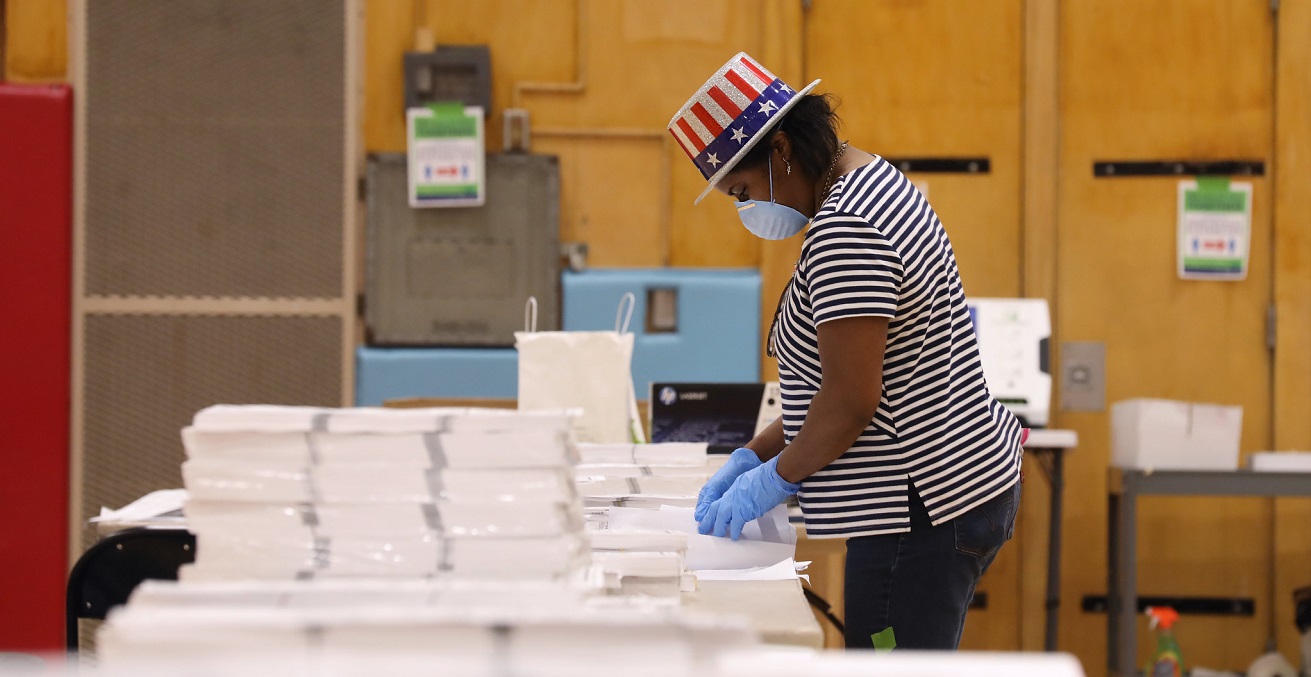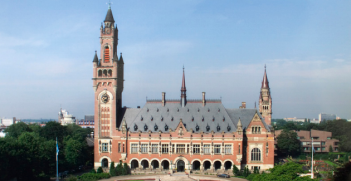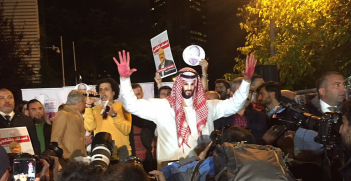Free and Fair Elections are Elusive at the Best of Times

Since the end of the US Civil War, concerted efforts have been made to constrain enfranchisement in the name of “free and fair” elections. In the midst of a pandemic, these measures now go far beyond subtle discrimination in endangering public health.
Pandemic or not, 2020 is an election year. On Tuesday, April 7, when much of the global population was at home in lockdown, tens of thousands of voters in Wisconsin were forced to gather in large groups at a reduced number of polling locations to cast their votes in the primary election. Voters did their best to maintain social distancing at the polls, with lines of voters spaced six feet apart (approximately two meters) stretching for blocks. Compounding the already surreal voting experience was the early spring weather, with thunderstorms soaking voters and snow still on the ground.
Although multiple states made the decision to postpone elections, cancel in-person voting, or expand postal voting, Wisconsin forged ahead with its primary election as originally planned. Concerned about the public health risk of in-person voting, mayors of Wisconsin’s ten largest cities urged the state government to delay the elections and Democratic Governor Tony Evers signed an executive order on April 6 for a completely postal election, which was rejected by a special session of the Republican-held state legislature in an overt bid to repress Democratic voters. A subsequent executive order to extend the date by which Wisconsin voters could cast absentee ballots was struct down by the federal supreme court in a 5-4 decision. Although the presidential primary, the last contested race of this election cycle, may appear to have been the target, the Republican legislators were far more interested in helping conservative state supreme court justice Daniel Kelly retain his seat against the more progressive Jill Karofsky.
In the end, a record 1,098,489 postal ballots were cast in Wisconsin, accounting for 2/3 of the approximately 1.5 million votes cast. While voter turnout was only 34.3 percent, this is fairly typical for a primary election. Given the extenuating circumstances, this figure may point towards the effectiveness of postal ballots in increasing voter turnout. For those who did vote in person or work in a polling site, 52 have since tested positive for coronavirus. In response, the state health department has implemented an intensive contact tracing plan aimed at in-person voters. Though the state is expected to remain in lockdown until May 26, it has no plans to alter a special congressional election scheduled for May 12.
Enfranchisement and disenfranchisement in the United States
In theory, the 15th amendment to the US constitution guarantees all citizens the right to vote. In reality, it prevents the federal government and the states from denying a citizen the right to vote based on their “race, color, or previous condition of servitude.” A narrow interpretation in the late nineteenth century led to poll taxes and literacy tests, which severely disenfranchised black men and poor white men (women were not allowed to vote until 1919). Following notable expansions of the franchise including the 19th, 24th, and 26th amendments and the Voter Rights Act of 1965, there remains significant space for more subtle discrimination and disenfranchisement in the form of gerrymandering, voter ID laws, limited postal voting, and holding elections on a workday.
Where voting is compulsory (and enforced), such as in Australia or Belgium, governments take great pains to ensure each citizen has the ability and the opportunity to vote. Proponents of compulsory voting claim that it increases the legitimacy of elections and favours more moderate candidates. Opponents point to logistical challenges or liken compulsory voting to compelled speech, a violation of the right to free speech, which encompasses a freedom to not speak. Belgium copes with this by allowing voters the option to cast a blank or spoiled ballot. Australia does not constitutionally protect freedom of speech. And of course, compulsory voting is not immune to blatant or subtle discrimination – Indigenous Australians were exempt from compulsory voting until 1984, severely reducing their turnout.
When voting is not compulsory, candidates and political parties must not only be attractive, they must also be worth voting for. It is typical for campaigns and associated organisations to devote tremendous funding to voter turnout initiatives, which can sway turnout by up to nine percentage points in the US. Yet barriers to voting are not limited to a lack of political interest. Instead, barriers are often institutionalized measures designed outwardly to limit voter fraud. For example, seemingly neutral Voter ID laws discriminate against minority voters, who are more likely to be told they cannot vote because do not have the proper ID. Though Donald Trump claimed millions of illegal votes were cast in 2016, electoral fraud in the US is exceedingly rare. Logistically, although federal elections are always held on a Tuesday, a relic of the US’s agrarian past, there is no federal mandate that requires employers to grant time off for voting. For those able to arrange time for voting during work hours, this is generally unpaid and if lines are long, employees must decide whether their manager will take kindly to exceeding the arranged or state-mandated time off.
Postal voting has been widely touted as a means to increase both access and participation in elections. This has been a key part of voter participation strategies and some jurisdictions have enacted legislation allowing for universal postal voting. However, reports on whether these jurisdictions have seen actual increases in voter turnout appear to be mixed, and postal voting presents its own challenges. In terms of access, all states allow some degree of postal voting 22 states require an excuse to vote by mail and 14 states allow only those who meet certain age, disability, and caregiver criteria to vote by mail. Once postal votes are cast, a significant percentage go uncounted (8.2 percent in 2018), and more (1.4 percent in 2018) are rejected, often due to clerical errors or on the grounds that they were received too late. Results of postal votes are also more likely to be disputed. In a pandemic, however, postal voting may save lives.
With the already vast human cost of the COVID-19 pandemic in the US, the most sensible course of action would be a rapid transition to universal postal voting. This will limit the disenfranchisement of vulnerable populations and prevent a situation in which Americans are forced to risk their lives to exercise their right to representation. Yet with the president actively working to undermine the operations of the US Postal Service, Wisconsin may offer a worrying preview of what the November elections could look like.
Nancy Schneider is the editor of Australian Outlook. She completed a Masters of International Relations with honours from the Australian National University with a thesis on the factors affecting the level of policy attention granted to global health issues, particularly noncommunicable diseases. From 2008-2016, she served as a poll site inspector for all US federal elections.
This article is published under a Creative Commons Licence and may be republished with attribution.





